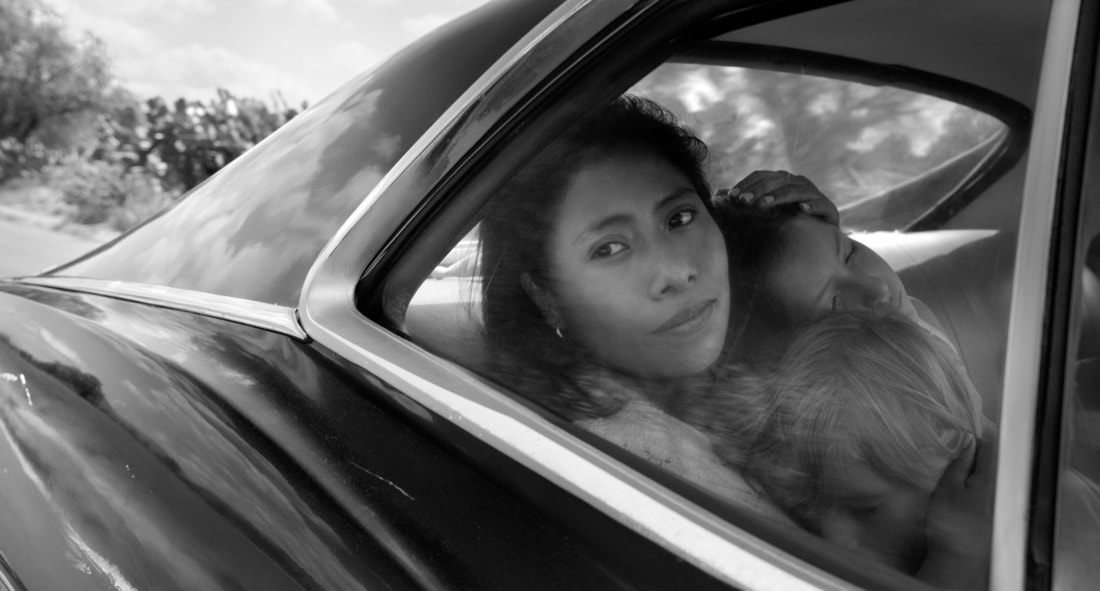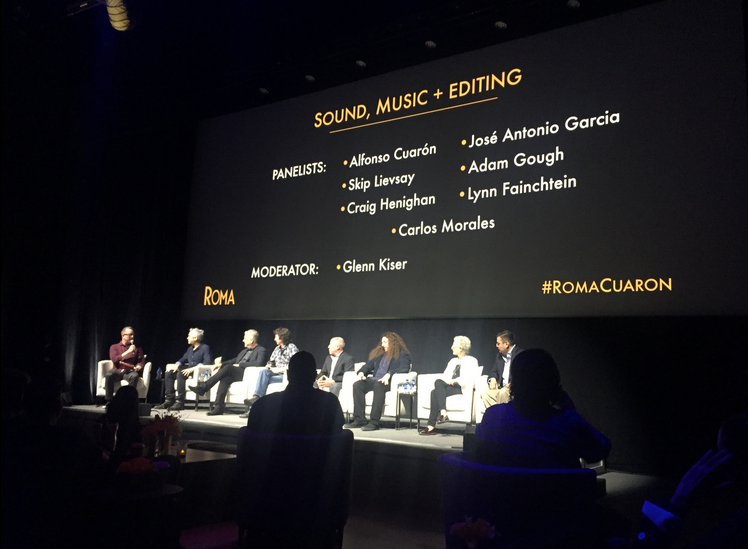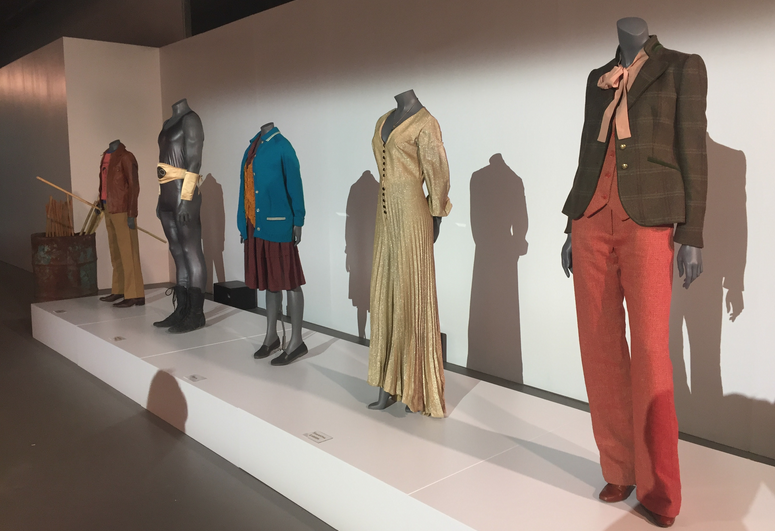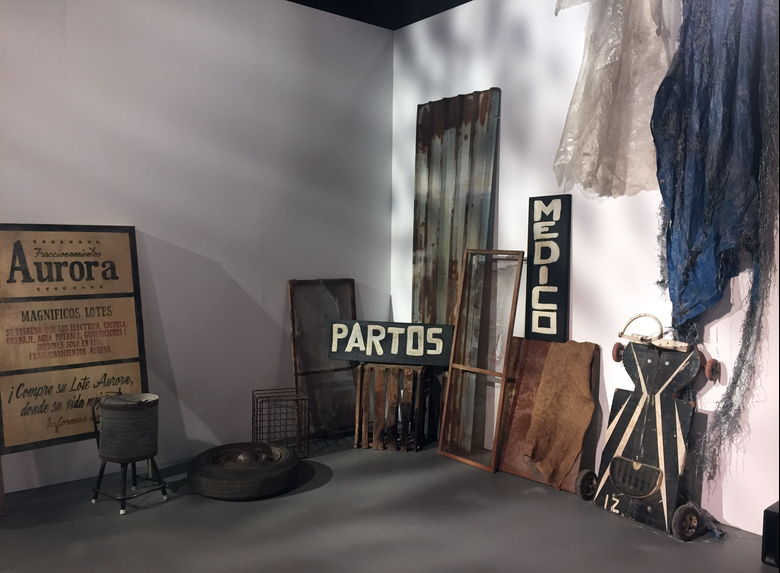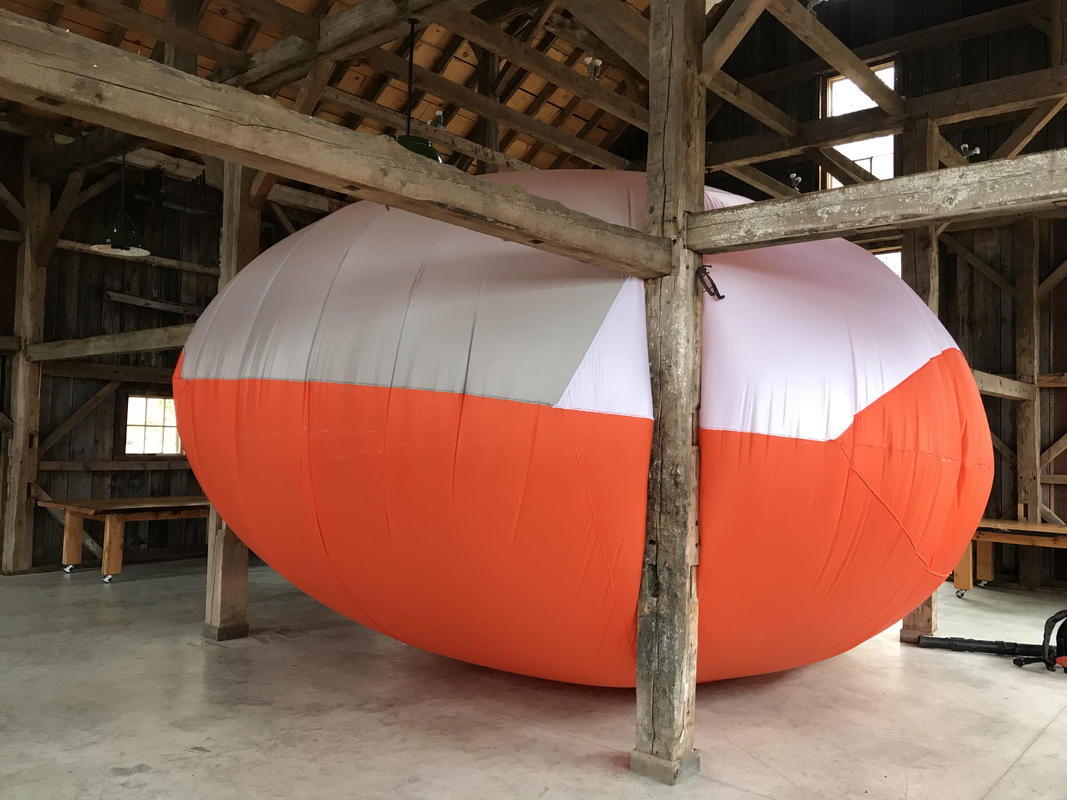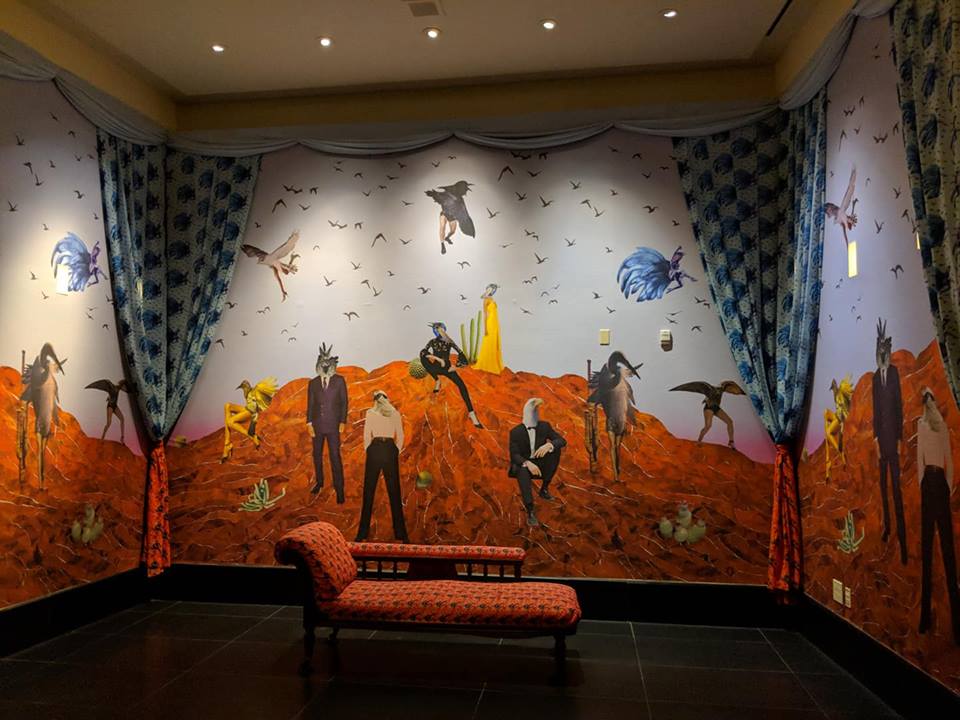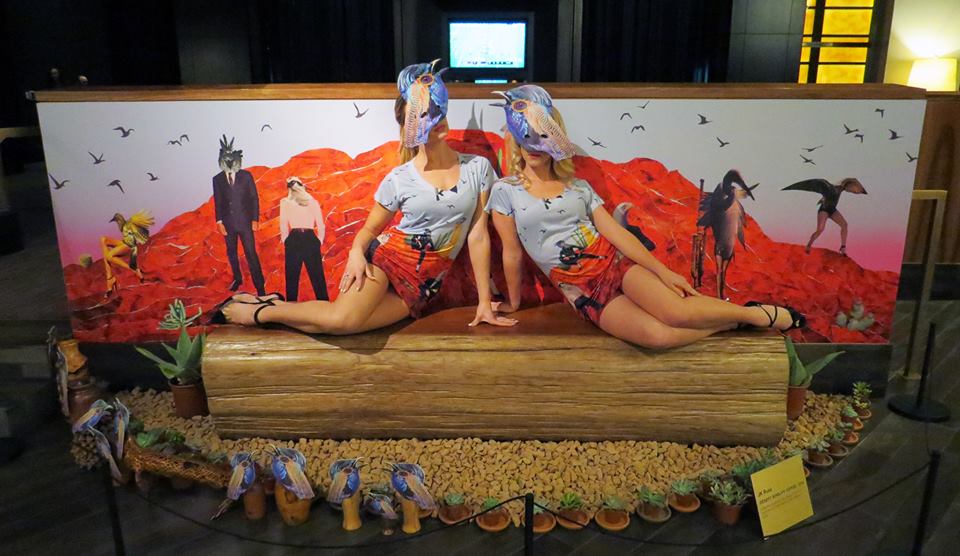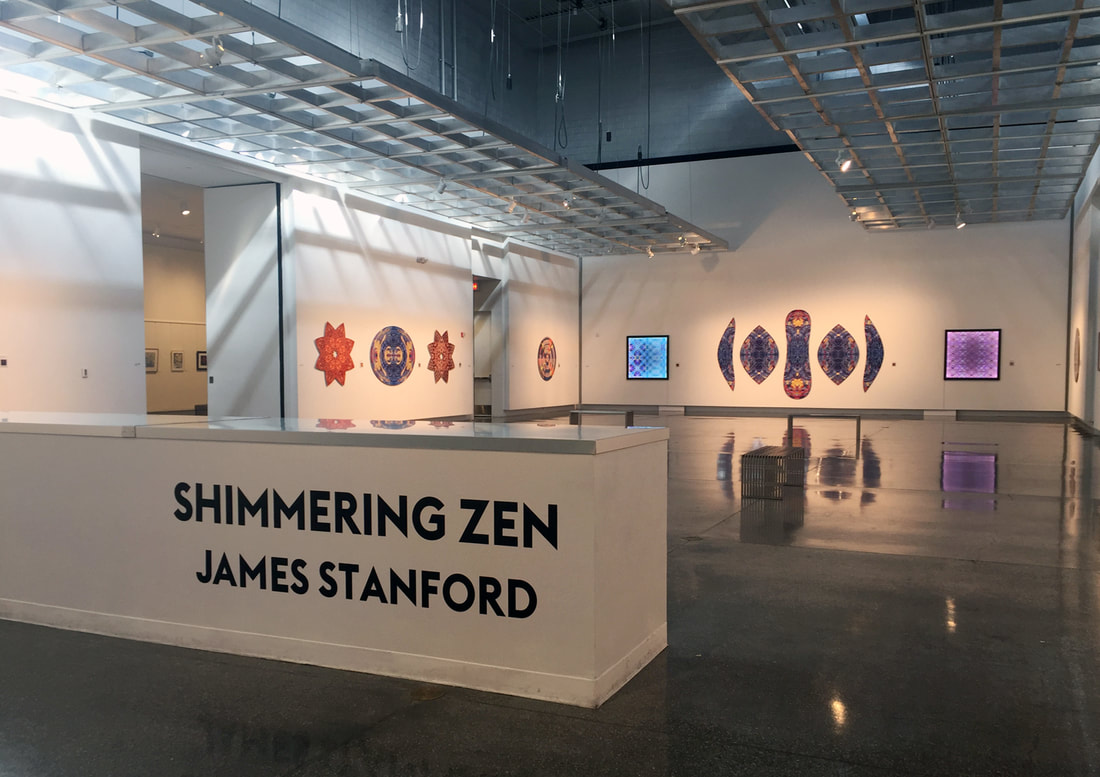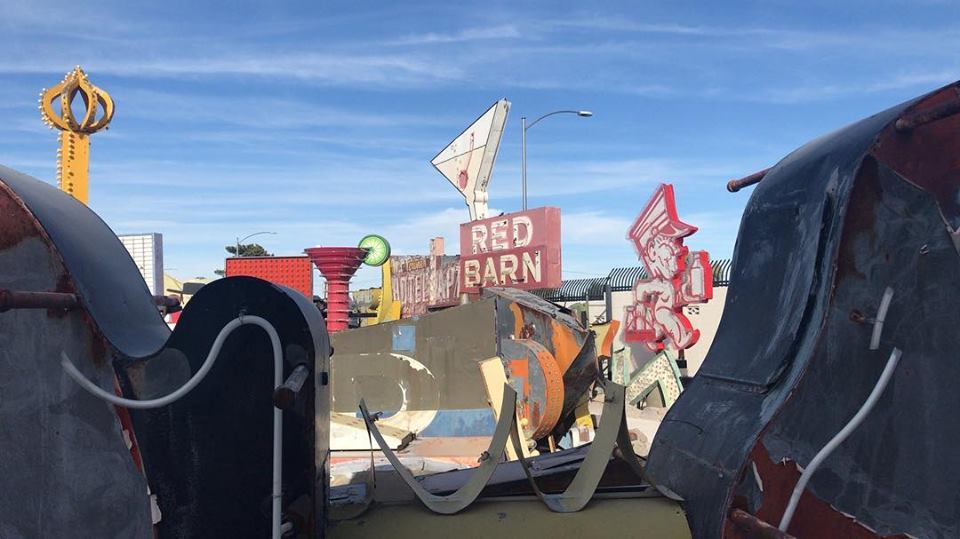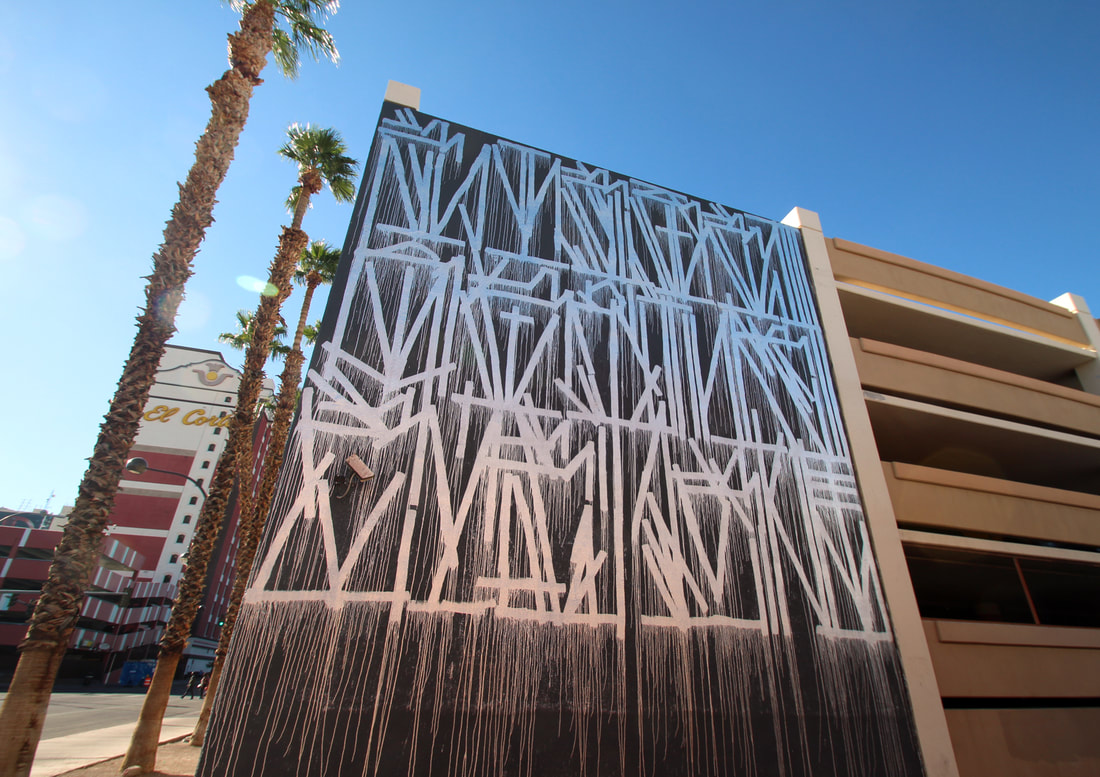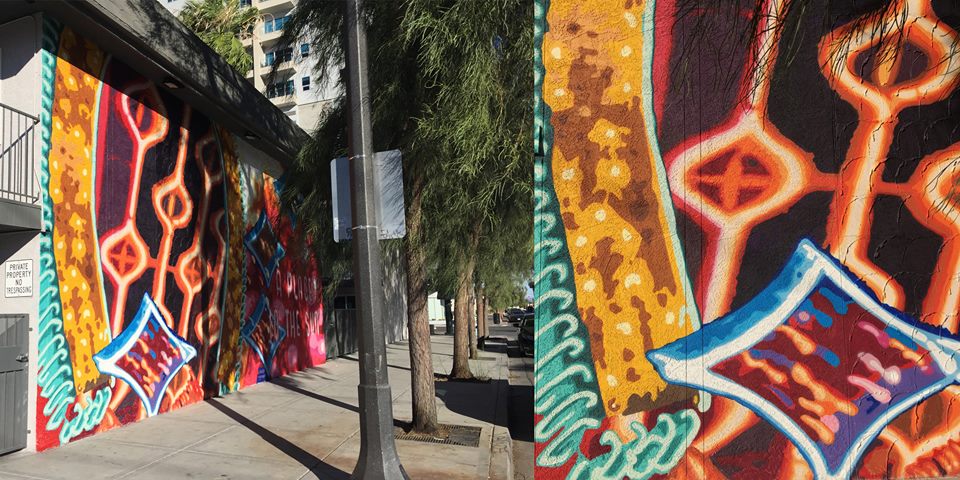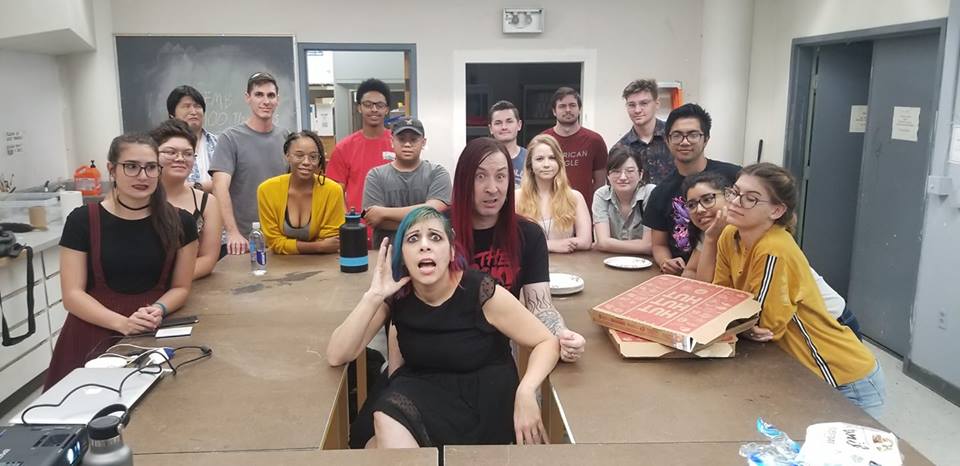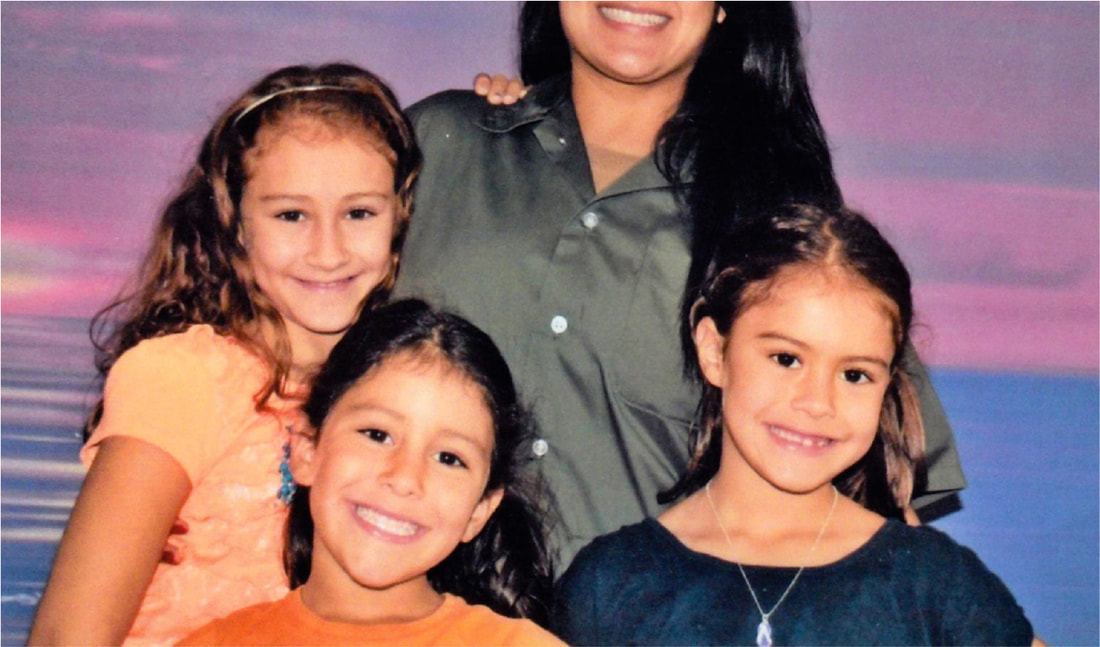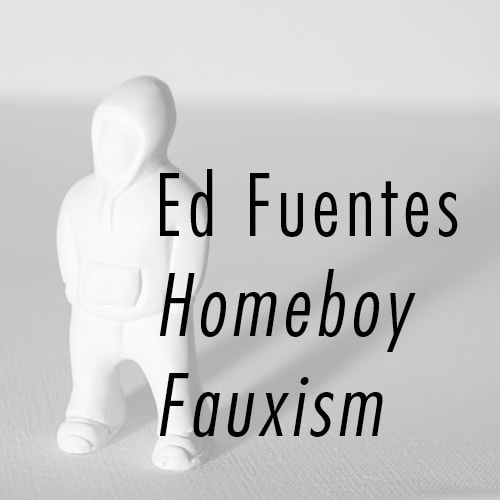|
NETFLIX ROMA washes over you from the very first frame: the scrubbing of driveway tiles set against the sights and sounds of Mexico City. Oscar winning director Alfonso Cuarón’s latest film, ROMA, is a NETFLIX limited release. It tells the story of Cleo (played by newcomer Yalitza Aparicio) an indigenous domestic worker in Mexico City’s Roma neighborhood in the early 1970s, and the relationship with the middle-class family that employs her. As Cleo’s life crumbles, so does her employer’s marriage, along with the city surrounding them. When Cleo discovers she is pregnant and the child’s father, Fermin (Jorge Antonio Guerrero), abandons her, she confides her predicament to her boss, Sofía (Marina de Tavira.) Expecting to get fired Cleo is surprised Sofia offers help. When the two women face uncertainties side-by-side, the story starts to convey how the nuances of race and class have not disappeared from Mexican society, as well as the underlying political climate that would ultimately transform the country. The early 1970s was a volatile time in Mexico’s capital with its student protests and police massacres. It underscores the characters’ personal upheaval. The sounds of the city and popular music reflecting lost love and poverty almost serve as a warning. Shot in immaculate, grain free black and white and drenched in stunning detail, every inch of the frame reveals a different clue to character, place and story. The NETFLIX feature film release is ideally viewed on the big screen to fully appreciate the silent storytelling throughout. At a ROMA event at Raleigh Studios in December, the director, cast, and key crewmembers shared experiences of their recent collaboration. It all starts with the script. . . sort of. While Cuarón did write a script, he did not make it available to his department heads and talent – sometimes right until close to filming (reminiscent of British director Mike Leigh) - and after much preparation and key decisions were made. The director’s approach was experiential; guiding cast and crew through his personal experience to time and place. He enjoyed long conversations about the Colonia Roma he knew as a child, and sharing his experiences of music, sights and sounds as points of reference for this semi-autobiographical picture. In-sequence shooting over 108 days revealed the story in small bites to cast and crew. The story is rooted in Cuarón’s youth. The character of Cleo is based on Liboria “Libo” Rodriguez, Cuarón’s real-life nanny. Sofía is based on his mother and the other characters include his family as his parents separated. Pepe (Marco Graf) is modeled on Cuarón himself and much of the film is based on his own memories yet seen through Cleo’s eyes. He cast actors and non-actors in key roles, including Aparicio who had just finished training as a school teacher before she was cast as the lead in her first film. The director admitted taking great delight in throwing curveballs. Sometimes he gave each actor a different version of the script, creating a “beautiful chaos” that allowed for improvisation. De Tavira described her surprise at Sofía’s children behaving one way during one take and completely different in the next, all at Cuarón’s direction. All that, plus multiple takes and angles, would later take a toll on Cuarón and editor Adam Gough in post-production. The results are extraordinary. Cuarón’s team recreated a Mexico City that hasn’t been seen in decades. “It’s a dream project for a production designer . . . except for the idea of not having a script.” said production designer Eugenio Caballero. So much of Mexico, including Cuarón’s childhood home, had changed and was unusable as a location. Caballero and set decorator Bárbara Enríquez worked with Cuarón to recreate his original home by using the façade of a house across the street, that was up for demolition, to capture the spirit of the original residence. They even tracked down furniture from Cuarón’s family to use for set pieces. Production worked to make every detail match Cuarón’s memory as close as possible. They found craftsmen to create tiles, as they had been manufactured 70 years ago, to get the authentic look and texture. Every detail – down to drawers that never opened on camera- were filled with specifics at Cuarón’s direction. They even scouted for toys from that era. It gave the director, crew, and talent a sense that everything was real. A major challenge was re-creating Insurgentes Avenue, which now looks nothing like it did in the ‘70s. Azteca Stadium parking lot was not big enough. Production resorted to Google Earth to find a place that had room to recreate the two blocks they needed. That included room to create full storefront sets in case Cuarón wanted to go inside and film an interior scene. The result was mesmerizing, and extended takes were possible. Such as Cleo chasing her young charge down this street on the way to the modern movie theater, which itself was a narrative contrast to the run-down theater the character frequented. Working in black and white, textures and light values also played a key role in every department’s choices. Cuarón served as his own director of photography. Longtime friend and collaborator Emmanuel “Chivo” Lubezki, the original cinematographer, bowed out when the film schedule ran long. Nevertheless Cuarón found Lubezki’s pre-production help invaluable. ROMA panel at Raleigh Studios. Photo by Maria Lopez At the Raleigh event, Lubezki asked, “Why black and white?” For Cuarón it was about Cleo’s character and creating a modern film that looked into the past. “It’s not a vintage black and white. It’s a contemporary black and white.” Replied the director “Black and white was part of the DNA of the film.” True to the film’s DNA, costume designer Anna Terrazas took much into consideration in regards to how wardrobe would work in monochrome. Terrazas often checked with the director to talk over the light values and contrast of fabrics. “One of the things we did was playing with the textures of the clothes,” she said. “Obviously, it was the 70s but again, one thing in Mexico is the 70s wasn’t the 70s in the U.S. We were a little behind the fashion, so that was also a big challenge.” The wardrobe contrasts in the film are apparent not just in Cleo’s clothing, which starts in white then moves into darker shades and finally returns to white in the end. It’s also felt in the Hacienda scene, where the family spends New Year’s with friends. The wardrobe of upper-class Americans and Europeans is a flow of modernity. The clothes of servants speak to the class divide. The plain, older, stiffer styles with their hats and ponchos to fight the cold separate the two worlds aesthetically. The class divide is also apparent in the deadly land disputes mentioned in passing throughout the film. In the end, despite the changes the world around them demands, Cleo’s genuine love for the family, their love for her, and their newly formed bonds do not stop them from the entitlement and sense of obligation that keeps each character from stepping away from the prejudices of race and class. BELOW: Wardrobe and set pieces from ROMA at Raleigh Studios. Photos by Maria Lopez María Margarita López has covered arts and performances for former sister blog, viewfromaloft since 2011. As a film producer, she is co-founder of Ajuua Entertainment, plus consulted and produced media under her company ValorFilms since 2005. To add, her short film, GUILTLESS, was selected to be screened at the CCCM Mexican Center for Culture and Cinematic Arts (Mexican Consulate) on January 10.
0 Comments
Courtesy the artist
"Jubilation Inflation" is the Tamar Ettun's solo show at the UNLV Barrick Museum of Art, the anchor exhibition for the Second Annual College of Fine Arts Art Walk on October 12. "This is the culmination of the five years color project and the first time all four inflatables are shown together," says the artist on Facebook. "The name for the exhibition is taken from a poem [On Orange] by Rose McLarney, who wrote me this beautiful piece about orange and let us include it." At 6:30 p.m. College of Fine Arts Dean Nancy J. Uscher will toast Las Vegas arts community at The Barrick. The art walk goes on until 9 p.m. (The Beam hosts ¡Americanx!)
Photo: Jo Russ
Jo Russ "Desert Birdlife Soiree" opened at Delano Las Vegas. Her vivid collage work is now an installation that allows guests to interact in the lobby with this art-as-immersion experience. Runs through January. Instagram hashtags are #jkruss #delanoartseries #desertbirdlifesoiree
Photo: Jo Russ
Photo: PaintThisDesert
The Studio at Sahara West Library is filled with works from James Stanford for "Shimmering Zen." The exhibition features his landmark digital collages that revisit neon signs and Las Vegas landmarks as a source (metaphor) of personal spirituality. Resource Magazine Online has an extensive interview with Stanford.
Los Angles media covered "The Las Vegas Portraits Project, 1 October Memorial Exhibit" at Clark County Rotunda Gallery. "Artists from America and Canada and as far away as Greece and Peru chose their subjects based on news articles and photos published after the attack." A special ceremony will be held on October 4.
Geoff Carter interviewed Justin Favela during his East Coast gallery tour. Las Vegas Weekly .
Photo: The Neon Museum.
Photo: PaintThisDesert
RETNA's large-scale letterforms are one of the leave-behind murals in downtown Las Vegas. My first pass to see new murals in the Life is Beautiful footprint reveals there are not many new works. No surprise since wall space is getting scarce. If you missed it, Bordalo II was interviewed via email by the LasVegas Review Journal, and a preview at Las Vegas Weekly that later confirms two projects were down after the festival ended September 22.
Photo: PaintThisDesert
Jerry Misko's new mural Casino Center and Hoover in Downtown Las Vegas. The phrase at the end is "A Place in the Sun." I am guessing that is the title of this new "Misko."
OUTSIDE LAS VEGAS
Above: Tagging with light.
- ModernMet compiled Instagram images from Burning Man 2018.
- "Far from the established New York design world, California became a haven for avant-garde designers, a hub of innovation in both discourse and practice." West of Modernism: California Graphic Design, 1975–95 opens at LACMA
- Ai Weiwei is in Los Angeles. The Los Angeles Times has a profile by Deborah Vankin and a review by Christopher Knight. - The J. Paul Getty Trust now has the papers of the pioneering assemblage artist Betye Saar, and with that came the news the Getty Research Institute will begin The African American Art History Initiative - New York Times - Grandest U.S. show to date of Victor Hugo drawings opens this week at The Hammer Museum. It has an "unprecedented" number of loans from Bibliothèque Nationale (18) and Maison de Victor Hugo (25) I Art Newspaper - "Art, science and skateboarding were the magic combination of interests that propelled Halloran into her life as an artist." James Daichendt on artist Lia Halloran, who began her residency at Lux Art Institute I San Diego Tribune - Jean-Michel Basquiat's life to become a Broadway musical. "The production will have access to both Jean-Michel’s art and personal archives (which is likely to make for some pretty extraordinary sets)." I ArtNet
- Projections on buildings became video public art. Twice. Chicago and Los Angeles,
- ArtPrize Public Projects returned for its third year. - Dartmouth College to move a set of racially insensitive murals that offended Native American students to an off-campus storage facility I USNews - East coast writer takes a look at street art murals in Curaçao 'cause the weather is warmer there. I Forbes - You have seen it, but here it is again. Brett Kavanaugh Senate testimony was mash-upped with Jules pre-hit speech in "Pulp Fiction." Samuel Jackson approved.
FINAL NOTE
As seen on instagram. When critiquing a project using street art themes you must bring in qualified vandals. Sage Sage and Shawn Gatlin came to my 2D Basic class at UNLV to see student work that are a response to campus safety (and a few other topics). The work will seen during UNLV College of Fine Arts Annual Art Walk in undisclosed locations.
THE SENTENCE
Directed by Rudy Valdez Los Angeles Premiere at LALIFF 2018 By María Margarita López On opening night of LALIFF, director Rudy Valdez took the audience on an emotional journey. The first time filmmaker’s feature debut, “The Sentence,” is a deeply personal documentary about his sister, Cindy Shank, and the impact a 15-year prison sentence had on her family; husband Adam and their three daughters, four-year-old Autumn, two-year-old Ava, and newborn Annalis. The film begins with home movies that were made to record key moments so Cindy could see what she missed in her daughters’ lives while she was in federal prison. These moments turn into a story that resonates with thousands of families across the U.S. who are affected by “the girlfriend problem,” a term that refers to Reagan-era mandatory minimum sentencing laws that restricted the judge’s ability to use discretion in sentencing. These laws resulted in harsher sentences for women who were convicted of conspiracy and imprisoned for crimes committed by their boyfriends. Between 1980 and 2014, the United States realized a 700 percent increase in the number of women behind bars, according to the non-profit The Sentencing Project, some of the data the filmmaker found during rigorous research. The minimum sentence was 15 years. Cindy’s case was not unusual. For many women it did not matter to the courts if they’d turned their lives around. Cindy paid the price for her deceased ex-boyfriend’s crimes and the film takes her personal story and creates a window into broader issues including the effects of mass incarcerations, the prison industrial complex, and the hurdles involved in getting a sentence commuted. In the hands of Valdez, the doc also delivers a story of love. It is moving to see how daughters miss a mother, and the lengths a family goes to in order to maintain ties across time and distance. Director Valdez does not sugar coat difficult issues, but respects his subject’s willingness to participate. (No other director would have been able to achieve this level of trust from these subjects). His nieces’ raw emotions hit the audience with full force, as does the candor from the rest of his family. Valdez accomplishes much as a one-man crew, first starting to film with consumer-grade phones and cameras, then moving his way up to robust Canon equipment by the end of the decade. Valdez’ evolution as a filmmaker parallels his growth as an advocate for his sister’s clemency. He organically informs the audience of the laws, policies and technicalities underlying his argument this is unjust sentencing. Neither Cindy nor the film makes excuses for why she is serving time, but the facts presented in this emotional story, and watching those girls grow up without their mother, calls into question if $64 billion a year on the warehousing of inmates under these laws is money wisely spent. “The Sentence” will be released by HBO later this year. María Margarita López is film producer and co-founder of AjuuaEntertainment. She is based in Los Angeles. |
An Online Arts Journal
Exhibition:
February 2 – March 31, 2019 Artist Reception and Gallery Talk: Sunday, February 10, 2019, 4 p.m.–7 p.m. S P O N S O R
ARCHIVES
January 2019
TAGS
All
|
